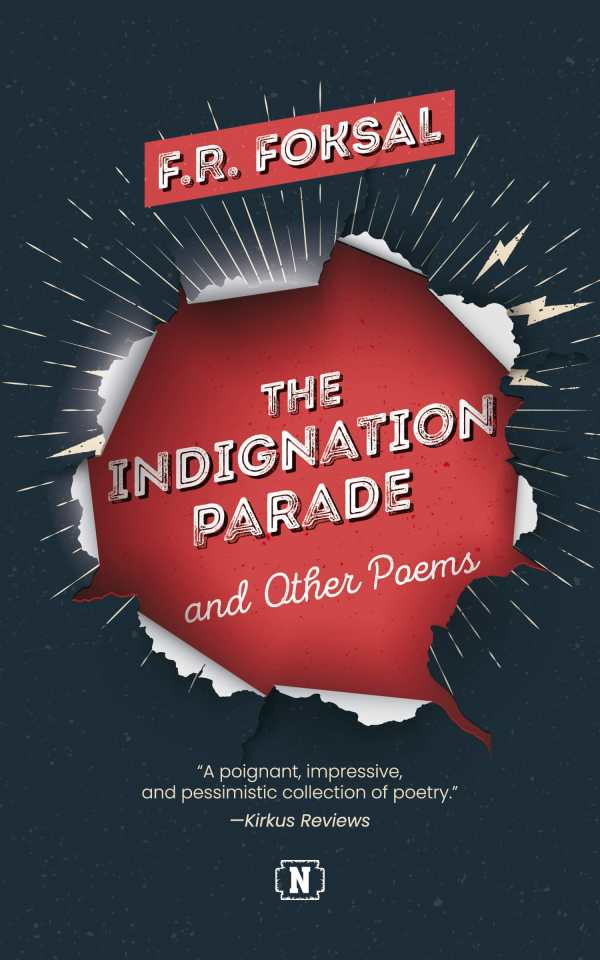The Indignation Parade
And Other Poems
The poems in The Indignation Parade are lyrical and rich, addressing the complexity of human emotions on both personal and political scales.
F. R. Foksal’s extraordinary poetry collection The Indignation Parade explores timeless themes in precise and musical language.
Foksal, a Polish author and critic who writes in English, brings his outsider’s perspective to traditional English verse, and the poems in The Indignation Parade benefit from that perspective. Organized into two parts, “Indignation” and “Meditation,” the poems focus first on the horrors of war and political upheaval, and then on less violent tensions, like those in interpersonal relationships. They are resonant, making fresh connections between politics and intimacy.
This book arrives at a precise historical moment. Whether through intention, premonition, or accident, many of its poems speak to contemporary bombings and executions and to the disregard of warring governments for human life. As the poems accumulate, though, it becomes clear that war is a static state; many poems illustrate the boring predictability of war and the lack of imagination it requires. This emerges as a compelling theme: people are at war, people have always been at war, and people have been incapable of imagining any other way of resolving disputes.
This theme spills over into the second part of the book, where the occasions for the poems are more personal. A person’s lack of imagination or failure to embrace complexity can be at the root of gaps, failures, and conflicts in personal relationships, too. “The Monochrome” bemoans “the binary world and we / reduced to its binary rules, / the kingdom of gray shades / and hues.” The theme of a political conflict serving as a macrocosm for interpersonal conflict (and vice versa) is addressed in the “The End of the Day,” too, where “the collapse of the day / is no different, they say, from / the nation’s prompt fall.”
Carrying the weight of these themes, it’s no surprise that cynical, hopeless, barren, and even sarcastic tones appear in the poems. Still, these tones are relieved by the pleasures of poetic techniques, including skillful slant and exact rhymes, precise diction, and astonishing, layered imagery. There are elements of longing and nostalgia, including reminders that a present moment is the sonic relative of the previous one. This is accomplished through linking the words “fence,” “then,” and “impenetrable” in “A Slice of Surreality”: “a hole in the fence / through which you peeked / under the lining / of the world till then / impenetrable.” And in “The Cellar,” a “shy stain / on the wall” is followed by the worry, “will the ceiling / hold up when the bombs / start to fall,” creating an emotional link between the images of youth and memories of frightening experiences.
The poems in The Indignation Parade are lyrical and rich, addressing the complexity of human emotions on both personal and political scales.
Reviewed by
Michele Sharpe
Disclosure: This article is not an endorsement, but a review. The publisher of this book provided free copies of the book and paid a small fee to have their book reviewed by a professional reviewer. Foreword Reviews and Clarion Reviews make no guarantee that the publisher will receive a positive review. Foreword Magazine, Inc. is disclosing this in accordance with the Federal Trade Commission’s 16 CFR, Part 255.

